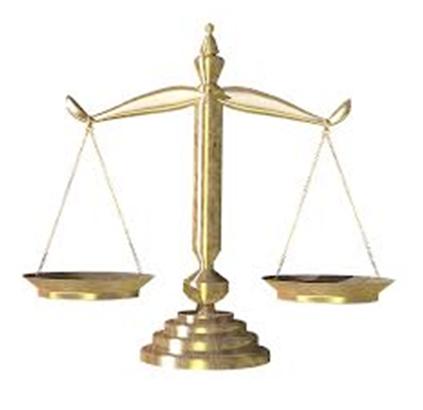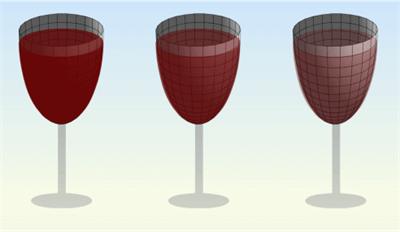 The following is a famous problem of Bachet as recounted by Heinrich Dörrie in his book 100 Great Problems of Elementary Mathematics:
The following is a famous problem of Bachet as recounted by Heinrich Dörrie in his book 100 Great Problems of Elementary Mathematics:
“A merchant had a forty-pound measuring weight that broke into four pieces as the result of a fall. When the pieces were subsequently weighed, it was found that the weight of each piece was a whole number of pounds and that the four pieces could be used [in a balance scale] to weigh every integral weight between 1 and 40 pounds [when we are allowed to put a weight in either of the two pans]. What were the weights of the pieces?
(This problem stems from the French mathematician Claude Gaspard Bachet de Méziriac (1581-1638), who solved it in his famous book Problèmes plaisants et délectables qui se font par les nombres, published in 1624.)”
The problem has a nice solution using ternary numbers.
See the Weight Problem of Bachet for a solution.
(Update 4/10/2019) Continue reading

 This is a fun little problem from the United Kingdom Mathematics Trust (UKMT) Senior Math Challenge of 2008.
This is a fun little problem from the United Kingdom Mathematics Trust (UKMT) Senior Math Challenge of 2008. This is an interesting problem from the United Kingdom Mathematics Trust (UKMT) Senior Math Challenge of 2008.
This is an interesting problem from the United Kingdom Mathematics Trust (UKMT) Senior Math Challenge of 2008. This turns out to be a fairly challenging driving problem from Longley-Cook.
This turns out to be a fairly challenging driving problem from Longley-Cook. When our daughter-in-law made wheat shocks as center-pieces for hers and our son’s fall-themed wedding reception, I naturally could not help pointing out the age-old observation that they represented a hyperboloid of one sheet. This was naturally greeted with the usual groans, but the thought stayed with me as I realized I had never proved this mathematically to myself. And so I did.
When our daughter-in-law made wheat shocks as center-pieces for hers and our son’s fall-themed wedding reception, I naturally could not help pointing out the age-old observation that they represented a hyperboloid of one sheet. This was naturally greeted with the usual groans, but the thought stayed with me as I realized I had never proved this mathematically to myself. And so I did. Here is another Presh Talwalkar problem that seems unsolvable at first glance.
Here is another Presh Talwalkar problem that seems unsolvable at first glance. This is a great puzzle by H. E. Dudeney involving a very useful technique.
This is a great puzzle by H. E. Dudeney involving a very useful technique. Futility Closet offers another interesting puzzle:
Futility Closet offers another interesting puzzle: I was sifting back through some problems posed by Presh Talwalkar on his website
I was sifting back through some problems posed by Presh Talwalkar on his website  This was a rather intricate puzzle from Presh Talwalkar. I found his solution a bit hard to follow, so I tried for a clearer presentation.
This was a rather intricate puzzle from Presh Talwalkar. I found his solution a bit hard to follow, so I tried for a clearer presentation.